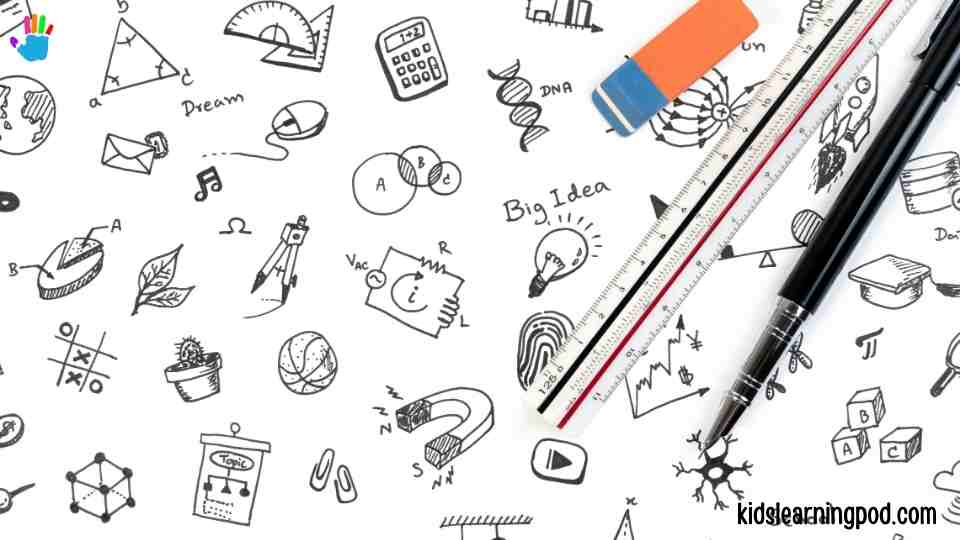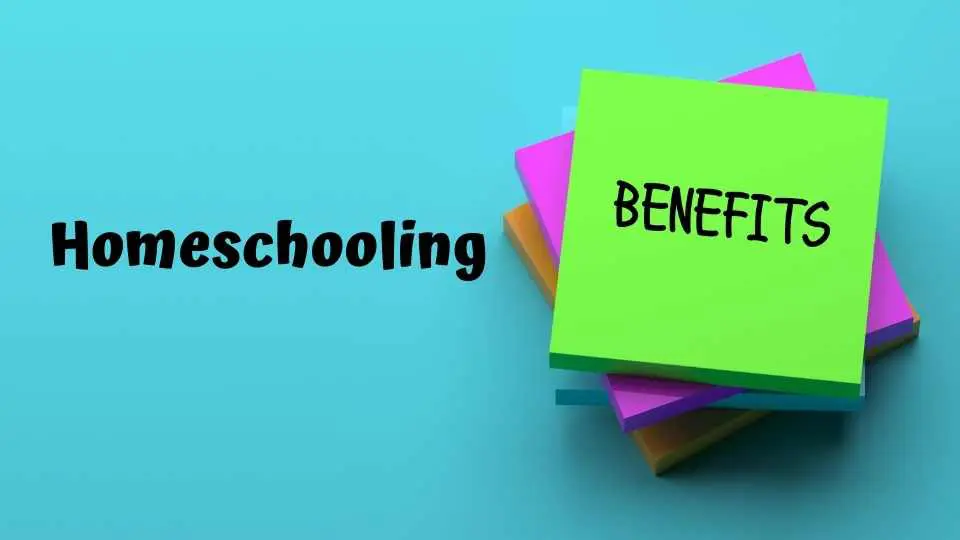Understanding Technology and Livelihood Education (TLE)
Technology and Livelihood Education (TLE) is a significant part of the Philippine secondary school curriculum, designed to equip students with the practical skills and knowledge necessary for employment and entrepreneurship. The subject is divided into several components, including Home Economics, Agri-Fishery Arts, Industrial Arts, and Information and Communication Technology (ICT). These areas provide a comprehensive foundation for students to gain both technical and entrepreneurial skills, allowing them to be competitive in the job market or capable of managing small businesses.
Core Objectives of TLE
The main goal of TLE is to provide students with a balanced education that combines academic knowledge with hands-on experience. This approach is intended to prepare students for various career paths, including those that do not necessarily require a college degree. By fostering technical and livelihood skills, TLE promotes self-reliance and financial independence among students.
Key objectives include:
- Skills Development: TLE focuses on developing practical skills that are useful in various industries, such as agriculture, information technology, and manufacturing.
- Entrepreneurship: Through its livelihood education component, TLE encourages students to explore entrepreneurial ventures and teaches them how to manage small enterprises effectively.
- Career Preparation: The curriculum is aligned with the competencies set by the Technical Education and Skills Development Authority (TESDA), ensuring that students are prepared for technical-vocational careers.

Curriculum Structure
The TLE curriculum is typically divided into two phases:
- Exploratory Phase (Grades 7 and 8): During these years, students are introduced to basic competencies in various fields such as woodworking, farming, cooking, and ICT. This phase allows them to explore different areas and identify their interests and strengths.
- Specialization Phase (Grades 9 to 12): After exploring various fields, students choose a specialization that aligns with their career goals. This could be in areas such as Home Economics, Agriculture, Industrial Arts, or ICT, where they receive more in-depth training and skills development.
Entrepreneurship and Livelihood Education
A key aspect of TLE is its focus on livelihood education, which teaches students how to generate income by starting small businesses. This component emphasizes entrepreneurial skills such as:
- Business Planning
- Product Development
- Marketing Strategies
- Financial Management
By integrating entrepreneurial concepts into the curriculum, TLE prepares students not only for employment but also for the possibility of becoming business owners, contributing to the economic growth of their communities.
The Role of TLE in Philippine Education
In the context of the K to 12 Basic Education Program in the Philippines, TLE plays a crucial role in preparing students for Senior High School and beyond. It serves as a foundation for various technical-vocational tracks available in Senior High School, helping students to further specialize in their chosen fields.
Additionally, TLE addresses the challenge of the skills gap by aligning its curriculum with industry needs. The TESDA-aligned competencies ensure that students are learning skills that are in demand, making them more employable after graduation.
Preparing Students for the Future
In today’s rapidly changing job market, the importance of practical, technology-based education cannot be overstated. TLE provides students with a strong foundation in both traditional and modern skills, making them adaptable to various employment opportunities. Whether pursuing higher education, entering the workforce, or starting their own business, students equipped with TLE have a significant advantage.
For more insights on Technology and Livelihood Education, explore detailed discussions on educational platforms like Typeset.
Technology and Livelihood Education: Bridging Skills for a Sustainable Future
In today’s fast-paced and ever-changing world, education systems must evolve to meet the needs of both individuals and society. One approach that has garnered increasing attention is Technology and Livelihood Education (TLE). TLE focuses on equipping students with the practical skills, technical know-how, and entrepreneurial mindset needed to thrive in a technology-driven and globally competitive environment. More than just a subject in school curricula, TLE is shaping the future of work and life by empowering learners with the tools they need to adapt, innovate, and succeed.
Technology and Livelihood Education!
Technology and Livelihood Education is an educational framework designed to provide students with a hands-on, skills-based learning experience. It incorporates four major components: Home Economics, Agricultural Arts, Industrial Arts, and Information and Communications Technology (ICT). These fields encompass a wide array of practical subjects ranging from cooking, sewing, and gardening to woodworking, electronics, and computer literacy.
TLE aims to bridge the gap between theory and practice, ensuring that students not only understand academic concepts but also develop the practical skills required in real-world settings. The curriculum encourages creativity, problem-solving, critical thinking, and entrepreneurship, making it a holistic approach to education that fosters both personal growth and economic empowerment.
Enhancing Employment Opportunities
In a world where job markets are becoming increasingly competitive, possessing specialized skills can make all the difference. TLE plays a vital role in improving employability by equipping students with the expertise that industries demand. For example, ICT skills are essential in almost every sector today, from healthcare to finance, while knowledge in industrial arts can lead to opportunities in construction, manufacturing, and skilled trades.
Through TLE, students can develop skills that not only prepare them for the workforce but also open the door to self-employment. Livelihood education teaches students how to start and manage small businesses, promoting financial independence and resilience. From creating products to offering services, TLE empowers students to generate income, especially in communities with limited access to formal employment.
Fostering Sustainable Practices
One of the key aspects of TLE is its focus on sustainable and environmentally friendly practices. The Agricultural Arts component, for example, teaches students about sustainable farming methods, organic gardening, and responsible land use. This focus on sustainability helps ensure that future generations will have the skills necessary to preserve natural resources while also meeting their economic needs.
In a world increasingly aware of the importance of environmental conservation, TLE is instrumental in teaching students how to create livelihoods that are both profitable and environmentally responsible. The emphasis on eco-friendly practices, such as energy-efficient technologies in industrial arts or sustainable home economics methods, helps contribute to the broader goal of creating a more sustainable future.
Addressing the Skills Gap
Despite the growing importance of digital literacy and technical skills, many education systems still prioritize traditional academic subjects over practical skills training. TLE addresses this gap by ensuring that students receive a well-rounded education that balances both theoretical knowledge and hands-on experience.
By integrating technology with livelihood education, schools can prepare students for a wide range of careers in emerging industries such as renewable energy, robotics, and digital marketing. Moreover, the entrepreneurial skills fostered through TLE prepare students to adapt to the demands of a rapidly changing job market, ensuring that they can pivot and thrive in various economic environments.
Empowering the Next Generation
Technology and Livelihood Education is more than just a curriculum—it’s a pathway to empowerment. By teaching students valuable life skills, fostering entrepreneurship, and promoting sustainable practices, TLE creates opportunities for lifelong success. Whether in urban settings or rural areas, the importance of practical, skills-based education is clear.
As we move further into the 21st century, the role of TLE will only grow in significance. Preparing students to not only meet the demands of the current job market but also to innovate and create their own opportunities is essential for building a resilient, prosperous, and sustainable future. Through TLE, we are equipping the next generation with the tools they need to navigate and succeed in a technology-driven world.
Technology and Livelihood Education (TLE): A Key Component of Philippine Secondary Education
Technology and Livelihood Education (TLE) is a critical part of the Secondary Education Curriculum in Philippine high schools. It provides students with practical, hands-on skills and knowledge that prepare them for both employment and entrepreneurship. TLE is divided into four major component areas: Home Economics, Agri-Fishery Arts, Industrial Arts, and Information and Communication Technology (ICT). These subjects are designed to develop both technical skills and livelihood capabilities in students.
TLE is also known as CP-TLE, or Career Pathways in Technology and Livelihood Education, to reflect its focus on preparing students for future careers. Under the 2010 Secondary Education Curriculum, students spend around 240 minutes per week on CP-TLE, equivalent to 1.2 academic units. However, TLE’s reach often extends beyond the classroom, as students are encouraged to gain practical work experience in the community to complement their learning.
Curriculum Overview
The TLE curriculum is divided into two major tracks, each designed to equip students with different skill sets:
1. Technical-Vocational Education-based TLE
This track focuses on the development of technical skills in various fields, aligned with the training regulations set by the Technical Education and Skills Development Authority (TESDA). During the exploratory phase in Grades 7 and 8, students are introduced to five core competencies:
- Mensuration and Calculation
- Technical Drafting
- Use of Tools and Equipment
- Maintenance of Tools and Equipment
- Occupational Health and Safety
Students continue to develop these competencies throughout their secondary education, transitioning into more specialized training in Grades 9 to 12, depending on their interests and career goals.
2. Entrepreneurship Education-based TLE
This track focuses on fostering entrepreneurial skills, empowering students to start and manage small household enterprises. The curriculum is designed to develop three key domains:
- Personal Entrepreneurial Competencies
- Market and Environment
- Process and Delivery
TESDA’s five core competencies are also integrated into this track, particularly in the Process and Delivery domain, ensuring that students not only understand entrepreneurial theory but can also apply their skills in real-world settings.
Curriculum Expansion
In 2010, the Secondary Education Curriculum was further expanded to include additional special curricular programs. These programs provide students with opportunities to develop specialized skills in various fields of interest, making TLE more dynamic and comprehensive. The six programs included in this expansion are:
- Special Program in the Arts (SPA)
- Special Program in Sports (SPS)
- Science, Technology, Engineering, and Mathematics Program (STEM Program), previously known as ESEP
- Special Program in Journalism (SPJ)
- Technical-Vocational-Livelihood Education (TVE)
- Special Program in Foreign Language (SPFL)
These additional programs reflect the Department of Education’s commitment to providing students with a more diverse set of learning opportunities, catering to different interests and preparing them for various career paths.
Preparing Students for the Future
TLE plays a significant role in shaping the future of Filipino students by equipping them with the practical skills they need to succeed in an increasingly competitive job market. Whether pursuing careers in technical fields, agriculture, entrepreneurship, or ICT, students gain valuable experience that prepares them for both formal employment and self-employment.
By incorporating TLE into the secondary education curriculum, the Philippines ensures that students are ready to meet the demands of a rapidly changing world. Whether through technical skills development or entrepreneurial training, TLE fosters a generation of skilled and self-reliant individuals capable of contributing to the country’s economic growth.
For more information on the 2010 Secondary Education Curriculum and its updates, you can refer to resources from the Department of Education.
Bachelor of Technology and Livelihood Education (BTLEd) at USTP Claveria: Empowering Future Educators
The University of Science and Technology of Southern Philippines (USTP) Claveria offers a specialized degree in Bachelor of Technology and Livelihood Education (BTLEd). This program is designed to produce highly skilled educators who are equipped to teach Technology and Livelihood Education (TLE) at the secondary education level. BTLEd graduates from USTP Claveria are trained to deliver quality education that combines both theoretical knowledge and hands-on skills, ensuring that students are prepared for the workforce or entrepreneurial ventures.
Program Overview
The BTLEd program at USTP Claveria focuses on developing future educators with expertise in various areas of Technology and Livelihood Education. The program provides a balanced mix of general education, professional education, and major subjects that focus on TLE competencies, preparing students for effective teaching in secondary schools. BTLEd graduates are trained in:
- Home Economics
- Industrial Arts
- Agricultural and Fishery Arts
- Information and Communication Technology (ICT)
These subjects cover a broad spectrum of skills, from food preparation and household management to technical drafting and computer programming. This comprehensive curriculum ensures that BTLEd graduates are well-rounded educators capable of teaching diverse subject areas under TLE.
Key Features of the BTLEd Program
- Strong Emphasis on Practical Skills The BTLEd program places significant importance on practical learning. Students undergo various hands-on training sessions, including workshops, laboratory classes, and field exposure. This ensures that future TLE teachers not only know the theory but can also demonstrate and teach practical skills to their students.
- Entrepreneurial Focus USTP Claveria’s BTLEd program incorporates entrepreneurship training, reflecting the importance of livelihood education in the Philippines. Students are taught how to create, manage, and sustain small-scale businesses. This focus on entrepreneurship allows them to pass on vital skills to their future students, preparing them to become financially independent through small enterprises.
- TESDA-Linked Competencies Much like the national TLE curriculum, the BTLEd program aligns with the competencies set by the Technical Education and Skills Development Authority (TESDA). This alignment ensures that students and future teachers are equipped with skills that are relevant and in demand in the labor market. Graduates can impart this training to their students, preparing them for TESDA certifications in various trades and skills.
Career Opportunities for BTLEd Graduates
Graduates of the BTLEd program at USTP Claveria are equipped to take on several career paths. Primarily, they become secondary school teachers specializing in TLE subjects, such as Home Economics, Agricultural Arts, and ICT. However, the skills they acquire through the program also open doors to other opportunities, such as:
- Entrepreneurship: Graduates can apply their livelihood education skills to start and manage their own businesses.
- Technical Training Instructors: With TESDA-aligned competencies, they can also serve as instructors in technical-vocational institutions.
- Curriculum Developers: Graduates can contribute to curriculum design for TLE programs in schools or government training centers.
USTP Claveria: A Hub for Innovative Education
As part of USTP Claveria’s broader mission to foster innovation and science-based education, the BTLEd program provides future educators with the tools they need to adapt to a rapidly evolving technological landscape. The university’s commitment to science, technology, engineering, and agriculture ensures that the BTLEd program remains relevant and forward-thinking, preparing graduates for the challenges of the modern world.
For more information about the Bachelor of Technology and Livelihood Education (BTLEd) program, visit the USTP Claveria BTLEd page.





